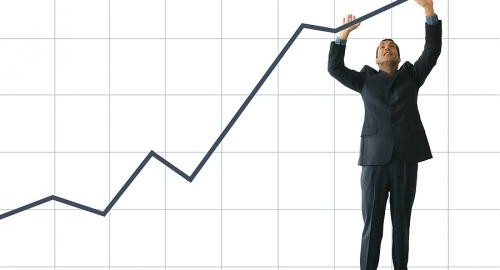Good question. Thanks for asking. 🙂
Let’s look at if from a view different vantage points. Also-keep in mind that August of 2008 was about the top of our market, or at the very least the beginning of the tipping point, before the worldwide economic crisis. While the east and west coasts, and the sand states, were already feeling the crunch, the midwest was still moving along pretty good. Even at the worst of the crises, our local market didn’t drop that much, at least compared to most markets.
In August 2008, there were 917 new listings. In August 2015 there were 793 and in August 2016 there were 767. This would suggest there was more supply in 2008 than there is today.
In August 2008, there were 420 pendings. In August 2015 there were 548 pendings and in August 2016 there were 399 pendings. Although the supply of homes in 2008 was higher, we are pretty close to the same number of pendings. We are lower than last year, but closer to 2008.
In August 2008, there were 519 closings. In August 2015 there were 555 closings and in August 2016 there were 549 closings. Again…more closings in 2016 than in 2008, for August as least.
In August 2008, the average days on market was 71. In August 2015 the average days on market was 83 and in August 2016 the average days on market was 84. Not a huge difference.
In August 2008 the median sales price was $123K. In August 2015 the median sales price was $122K and in August 2016 the median sales price was $120K. Again-not a huge difference.
In August 2008 the average sales price was $150K. In August 2015 the average sales price was $151,989 and in August 2016 the average sales price was $141K. Last August, and August 2008, were pretty much the same, but this August it was a little lower.
In August 2008 the average listing price to sales price ratio was 93.4%. In August 2015 the average was 91% and in August 2016 the average was 91%. A little lower this Aug than in 2008, but almost identical to 2008.
This is interesting. There is something called the Housing Affordability Index. This is tied to the interest rates quite a bit. In 2008 a HAI score of 176 means that the median family income is 176% of the necessary income to qualify for a home. The higher the index, the more affordable a region is for housing. In 2006 it was 183, in 2007 it was 174 and in 2008 it was 176. Jump ahead to 2014, when interest rates were incredibly lower, the score was 247. In 2015 it was 282. In August 2016 it was 287.
In August 2008 there were 2,225 properties for sale in central Illinois.
In August 2016 there were 2,944 properties for sale in central Illinois, which is almost unchanged from last August. Overall-a surplus of homes compared to 2008, but for the month of August, that number is lower than in 2008.
The months supply of homes for sale in August 2008 was 7.7. In August 2016 the months supply of homes was 6.6. This includes all prices ranges, all styles of homes. I’ll looks into the specific price points in just a bit.
Ok…welcome to “in just a bit”….
August 2008…
Months supply of homes under $75K was 5.2 compared to 5.9 in 2016.
Months supply of homes $75K to $125K was 5.1 months compared to 6.3 in 2016.
Here it gets a little off, because the reporting methods in 2008 broke down the data into different price ranges than what is used today.
Months supply of homes $125K to $225K was 5.5 months, in 2016 in the price range of $125K to $175K was 6.2 and in the $175K to $225K range it was 5.7 months.
Months supply of homes in the $225K to $500K range was 8.1 months. In August 2016 in the $225K to $300K range it was 6.9 months, and in the $300K to $400K range it was 9.2 months. In the $400K to $500K range it was 14 months.
Months supply of homes in 2008 above $500K was 18.3. In August 2016 the average months supply was 23.8 months.
Thanks for reading! And staying awake! 🙂 If you would like any comparison data for your specific price range, town, subdivision, etc, just let us know and we would be happy to provide it!
Sincerely,
Mark and Jennifer Monge




